The world of bicycling has witnessed a revolution with the advent of e-bikes, offering efficient and swift travel while presenting an environmentally friendly, portable mode of transportation. One of the most common questions among riders pertains to how fast an e-bike goes. This article aims to explore the speed range of e-bikes and the factors influencing their riding speeds.
What determines the speed of an electric bicycle
An e-bike is essentially a conventional bicycle with an additional electrical component, like a motor battery, integrated into its frame. This allows the bike to propel forward using electrical energy. While it maintains a comparable riding experience to that of a traditional bicycle, it transforms the concept of the standard pedal bike that typically relies heavily on physical exertion. Through its pedal assist mode, e-bikes assist riders in achieving faster travel speeds more effortlessly, thereby enhancing overall travel efficiency.
The speed of an e-bike is significantly influenced by the performance of its electrical components. Typically, e-bikes feature motors ranging from 250W to 750W. The power output of the motor directly impacts the bike's capability, determining its maximum speed. A more powerful motor allows the bike to achieve higher speeds and navigate challenging terrain with greater ease.
However, the presence of a high-performance motor in a model doesn't solely dictate the riding speed. Various countries and regions have established diverse classifications for e-bikes, each with its own laws, rules and regulations. Consequently, when buying an e-bike, the user's ability to operate the electric bike at a certain speed is also constrained by local laws and regulations.

Apart from performance and legal constraints, an e-bike's speed is affected by external environmental elements such as terrain, weight of the load, weather conditions, and numerous other factors. These aspects can lead to speed variations during riding, resulting in a range of potential speeds influenced by various factors.
Performance Range
In the e-bike market, motors typically range from 250W to 750W, offering an approximate speed range of 15mph to 28mph. These speed variations are influenced by the distinct pedal assist gears present in the e-bike.
Besides variations in motor power, the battery capacity significantly influences the power drive of an e-bike. Larger battery capacities offer extended ranges and greater responsiveness to speed increments. The performance of the bike is significantly impacted by battery life. The lithium-ion batteries commonly used in e-bikes experience a reduction in life expectancy over time, resulting in decreased power storage capacity, which consequently affects cycling speed.
Legal Restrictions
Local regulations play a key role in determining the maximum permissible speed for e-bikes, and it's crucial to comprehend and adhere to these regulations as they vary across regions. To ensure safety on roads and cycle paths, most areas impose speed limits, typically capping e-bikes at 20mph (32km/h), or slightly higher for Class 3 e-bikes. For instance, in the UK, e-bikes are restricted to a maximum speed of 25mph, prompting all models sold in this region to abide by this speed limit. This measure aims to better align with road regulations, facilitating riders in their daily commutes.
While rules may differ among different areas, the regulations governing e-bikes in the UK typically correspond with the guidelines established by the EU. These regulations cover various aspects, such as the rider's age and the types of vehicles permitted.
European Union Regulation
E-bikes are exempt from registration and the need for a riding license as per EU regulations provided the motor's continuous output remains below 250W.
To legalize your e-bike within the EU, the following conditions must be met:
- Equipped with a motor having a continuous output not surpassing 250W.
- Assists in achieving speeds up to 25 miles/hour.
Specific laws and regulations may vary across states and regions, leading to a case-by-case scenario. It's advisable to check the legal restrictions in your area before purchasing an e-bike to ensure compliance with local laws and road safety regulations.
Other factors
The attainable speed of an e-bike may also hinge on factors such as the weight being carried, the type of terrain being traversed, as well as external elements like wind and tire type, all contributing to speed variations.
Load weight
The weight of the vehicle load becomes one of the factors affecting riding speed. A lighter load can accelerate faster, requiring less pedaling effort, and therefore making it easier to reach higher speeds. When climbing some uphill sections, lighter overall weight allows for easier acceleration and faster climbing. While it is relatively easy for lighter riders to maintain high speeds on climbs and flat road rides, heavier riders will have more power on descents, which can affect riding speed.
Riding terrain
Riding terrain also has an effect on riding speed. Smooth and even road surfaces typically support higher riding speeds by minimizing rolling resistance and friction. Conversely, uneven and rough road surfaces increase rolling resistance, diminishing overall speed and necessitating more effort to accelerate.

Wind
External elements in the natural environment can significantly impact riding speed. Riding against the wind impedes the rider's speed, demanding additional effort to sustain momentum. Conversely, riding with a tailwind can augment the bike's speed, providing the rider with a faster riding experience.
Tyres
E-bikes equipped with high-performance components often opt for fat tyres to support the heavier frame weight. The tread design, width, and size of tyres commonly influence wheel rolling resistance, subsequently impacting the vehicle's speed. Moreover, maintaining appropriate tyre pressure ensures better contact with the road, minimizing resistance and enhancing speed. Hence, when selecting tyres, consider their design and set suitable tyre pressure to achieve optimal riding experiences.
When considering the maximum speed of an e-bike, it's essential to recognize that for recreational riders and those not primarily focused on racing, factors like comfort, durability, and overall enjoyment of the bike might outweigh the emphasis on speed. Nevertheless, for those seeking faster riding experiences, it's feasible to enhance many of these aspects to attain the most satisfying ride possible.
Safe Riding
When seeking high-speed riding experiences, it's crucial for riders to adhere to local speed regulations and exercise caution while riding an e-bike. Wearing appropriate safety gear, obeying traffic laws, and maintaining awareness of the surroundings are indispensable for a safe and pleasurable riding experience. Whether it involves the thrill of speed riding or the leisure of daily cycling, prioritizing safety remains essential.
Conclusion
Electric assist bikes present an enticing blend of convenience and environmentally friendly transportation. Despite differing in speed due to motor power and law regulations, they serve as a effective alternatives for conventional bicycles and cars. Understanding and complying with local speed regulations ensure e-bikes integrate smoothly into the transportation ecosystem, fostering safety and delight for riders of various proficiencies. Hence, when you hop onto an e-bike, remember: it's not solely about its speed but also about responsibly and safely relishing the ride!

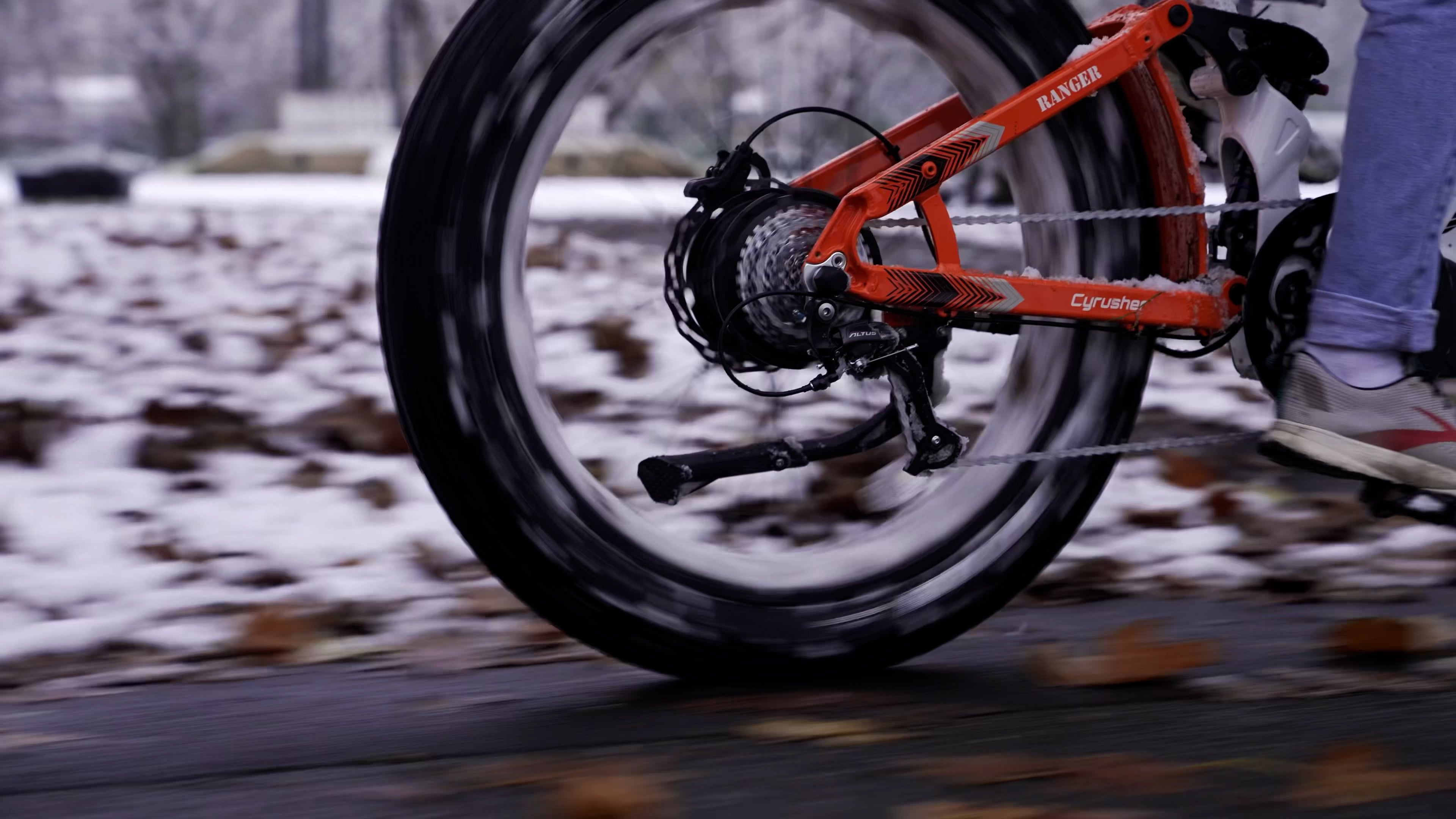
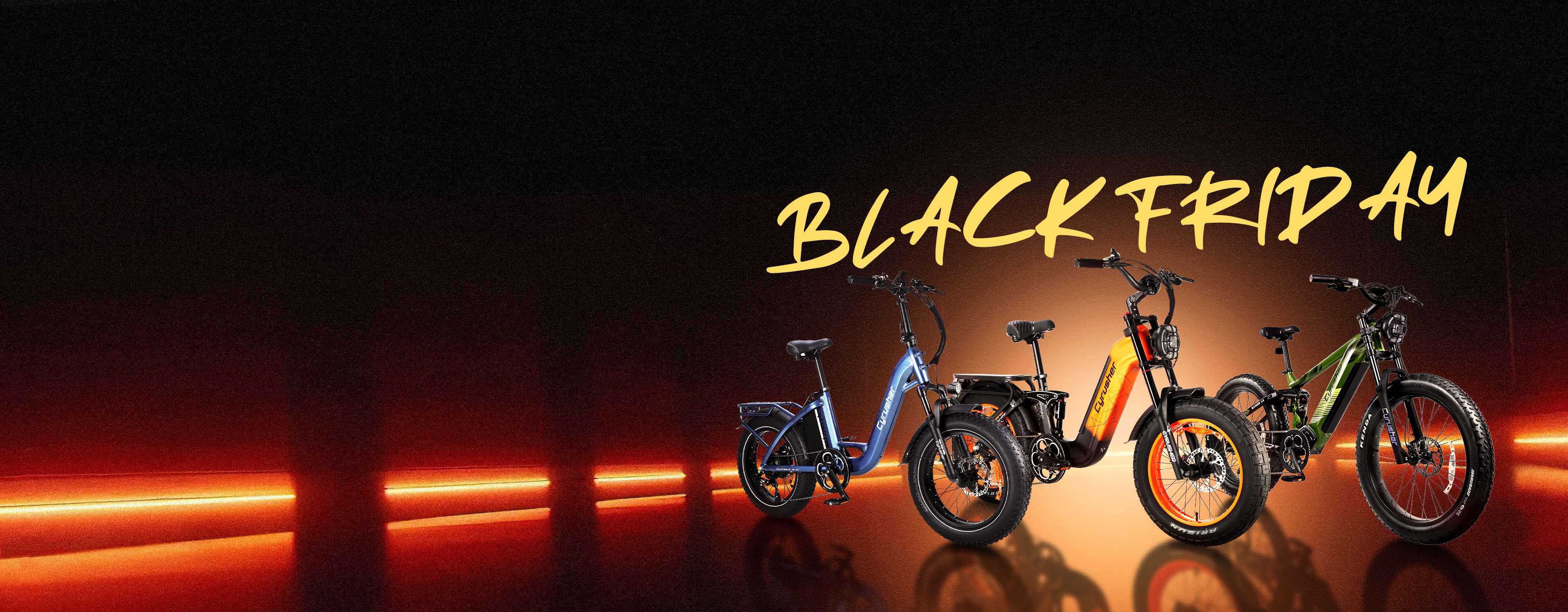
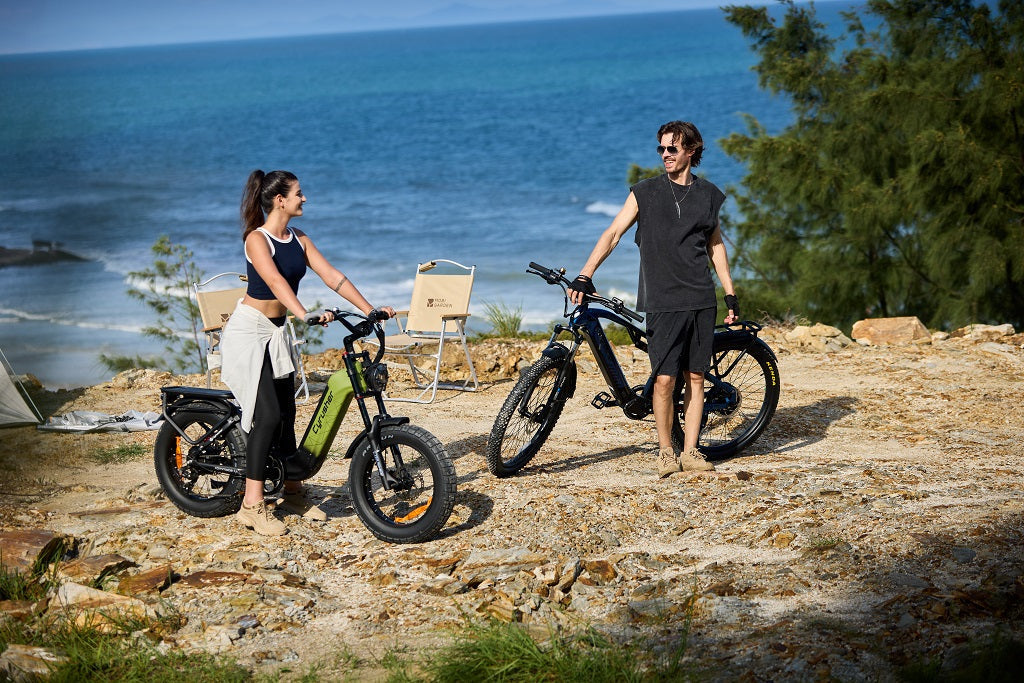
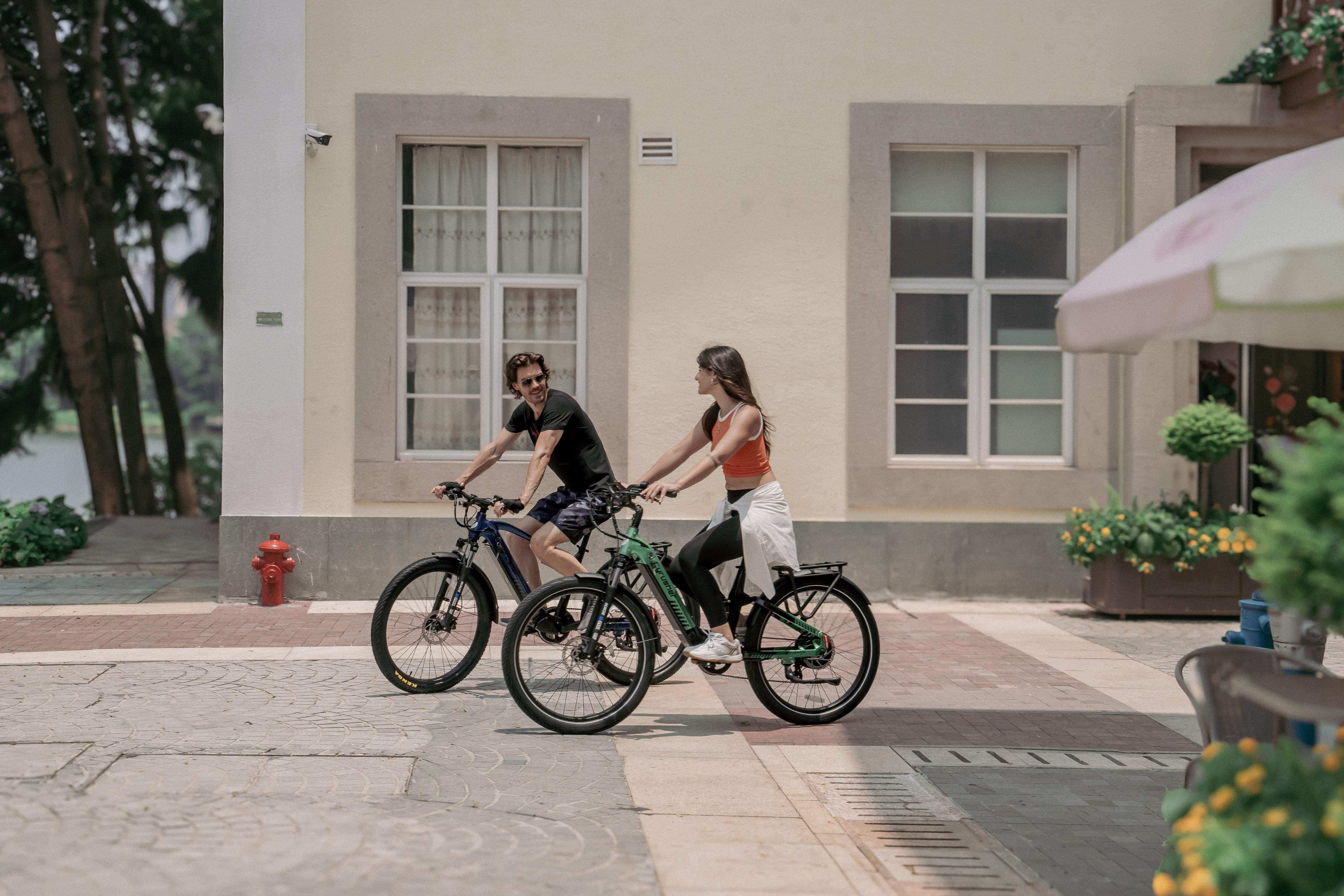
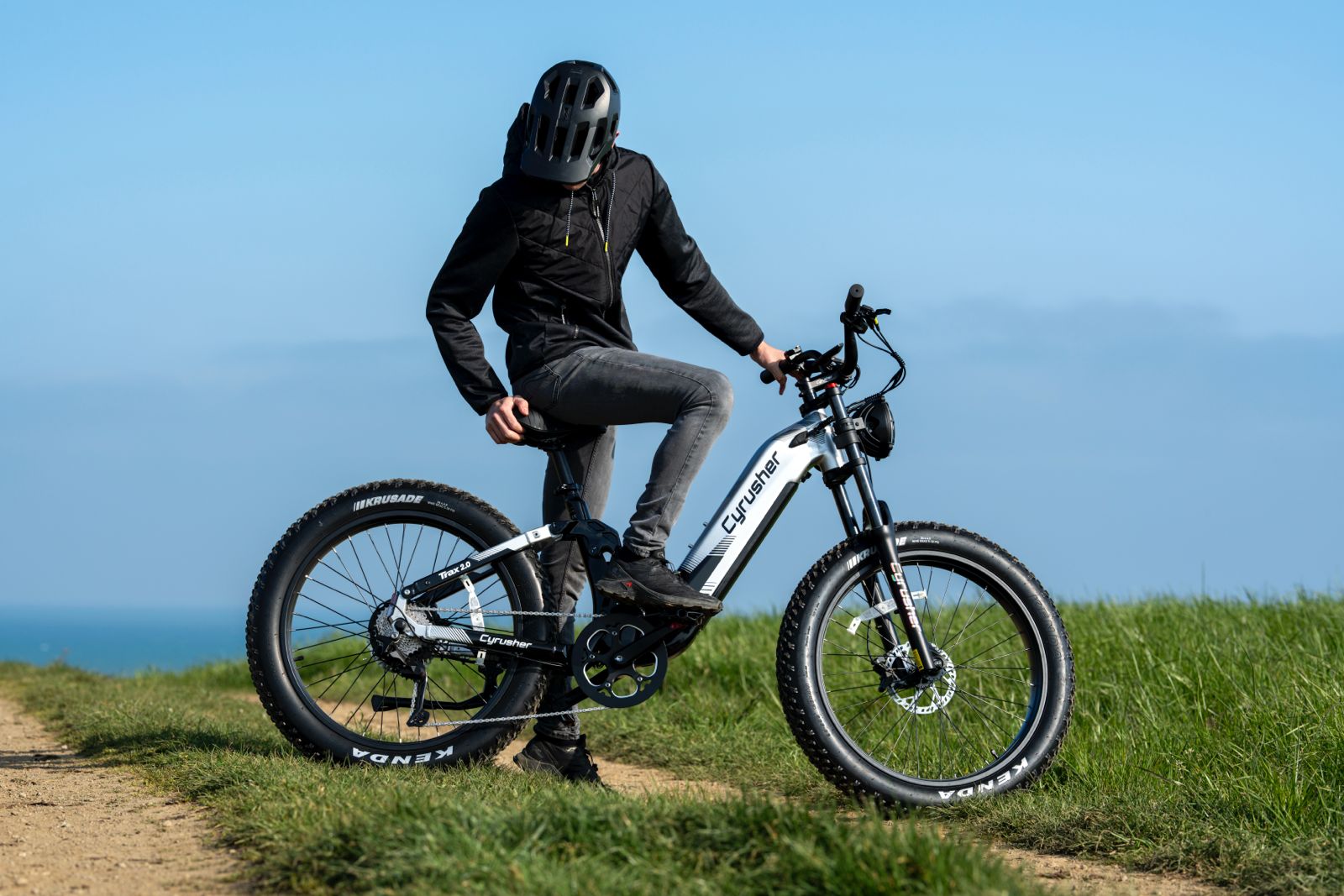
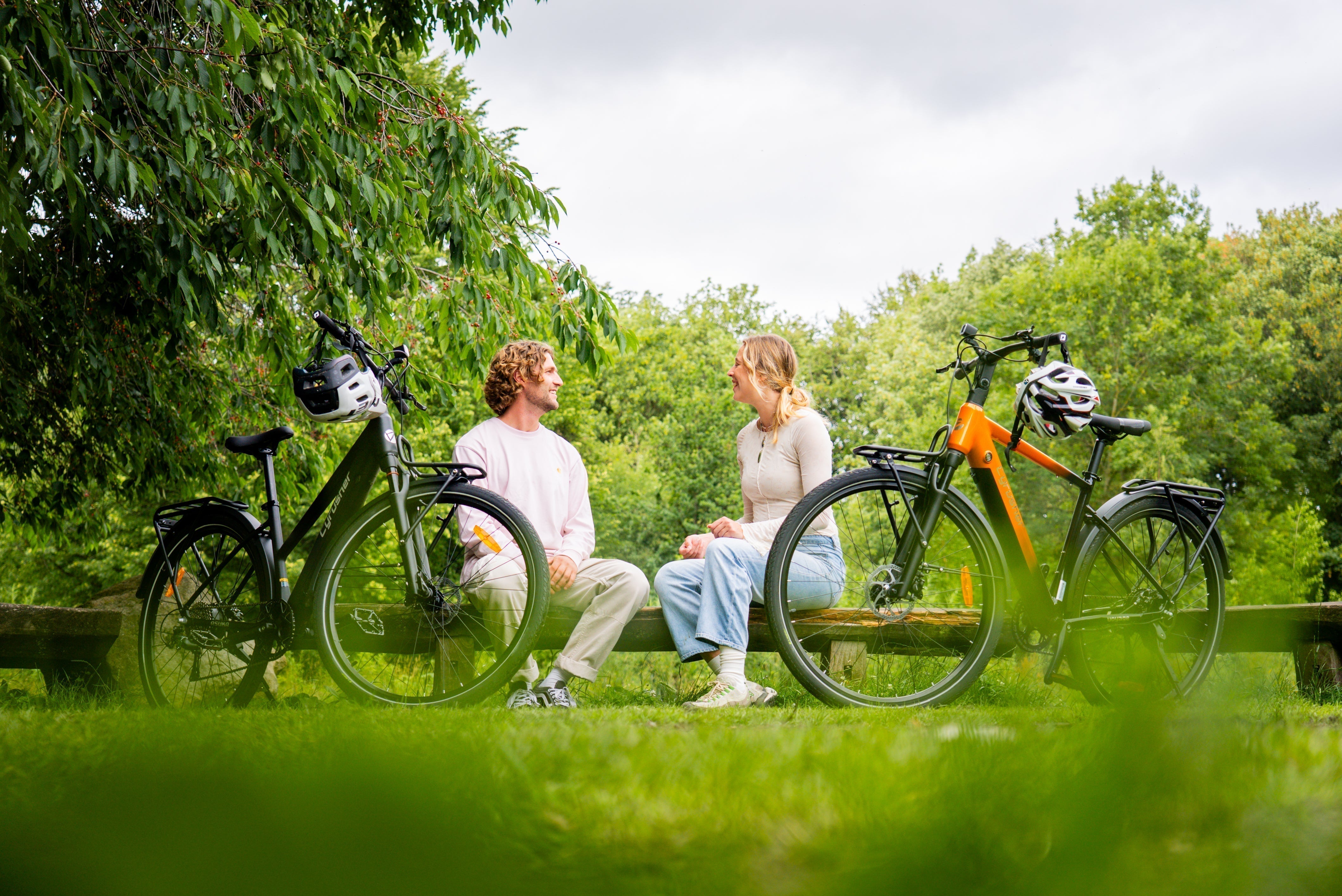
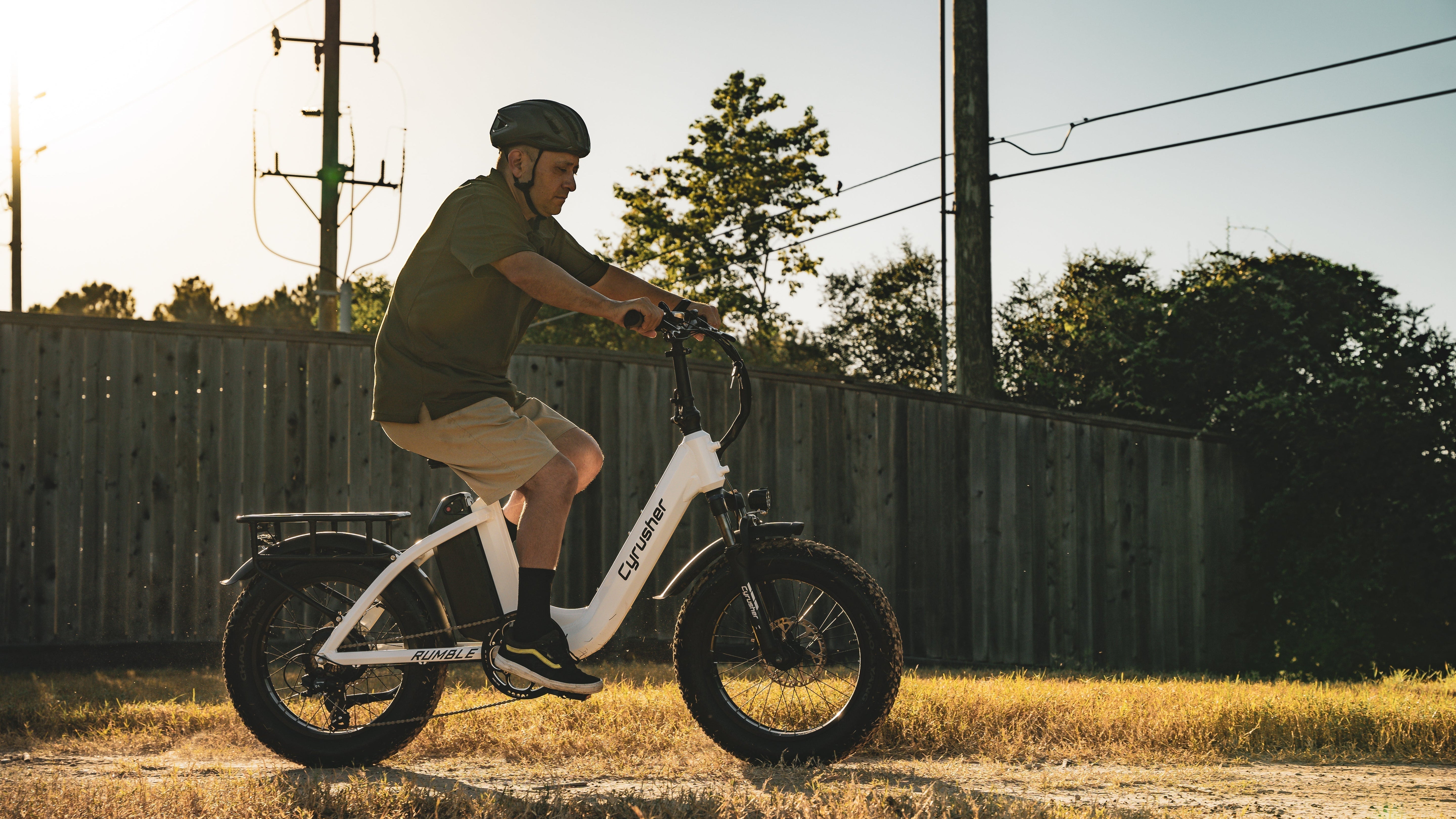
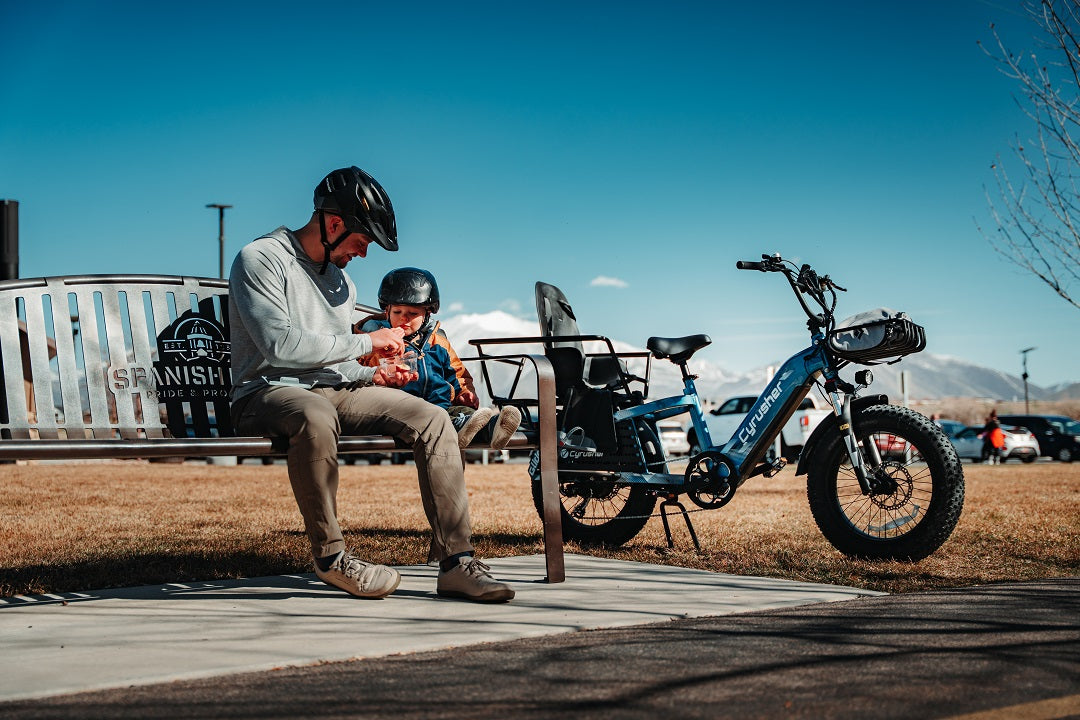
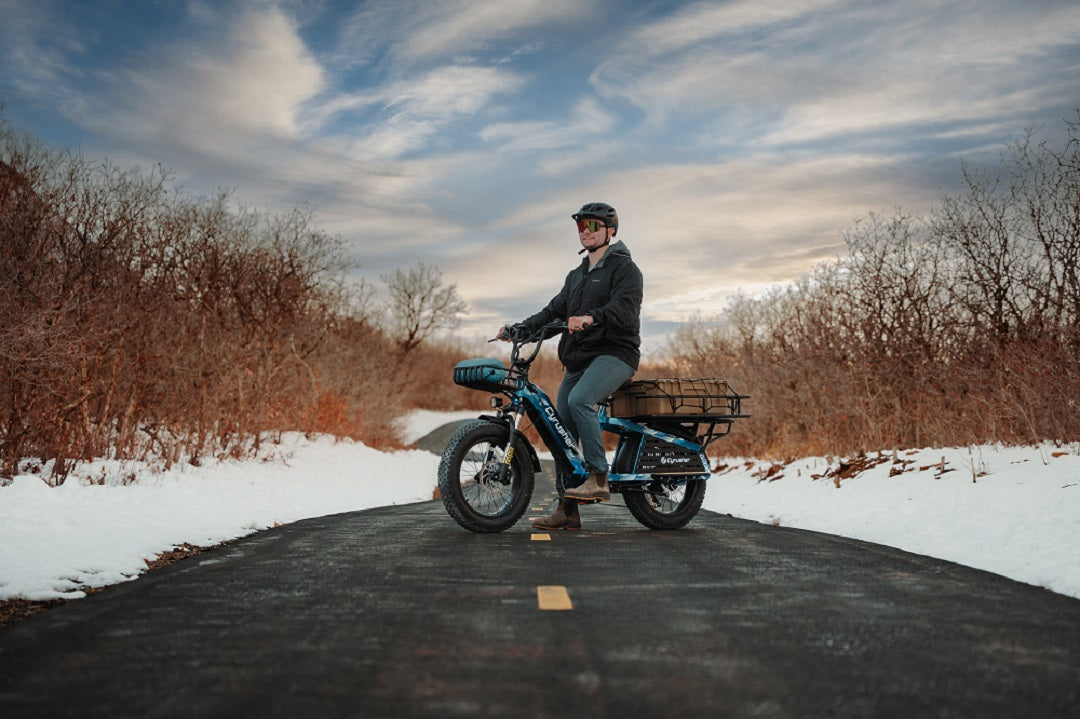
Share:
Ring in a Healthier New Year with a Cyrusher Electric Bike
Cyrusher Rider Story: Cristina's Journey to Independence on the Kuattro